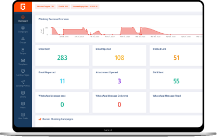hacker hat colors | Explained
There are different hacker hat colors: black, white, grey, white, green, and blue hats. this article will explain you the deference..

When the word hacker or hacking is mentioned, a universal definition pops into mind. A hacker is known to be a cybercriminal who inflicts chaos on their victims by breaching, stealing, or damaging online systems and data. This is just one part of what the word hacking withholds. And contrary to popular belief, hacking is a broad and diversified category that is misunderstood.
The dependency on storing data electronically, as computers have taken over a large part of our life, results in the increased risk of data theft and becoming suspectable to hacking accidents. So, learning more about the hacking industry and how they operate is crucial to protecting your business, especially with hackers launching attacks every 39 seconds. A simple starting point would be to learn the several types of hackers out there, to the surprise of many there is not only an “evil” hacker but there are also other types of hackers ranging from their intentions and techniques.
What are the 6 of hacker hat colors ?
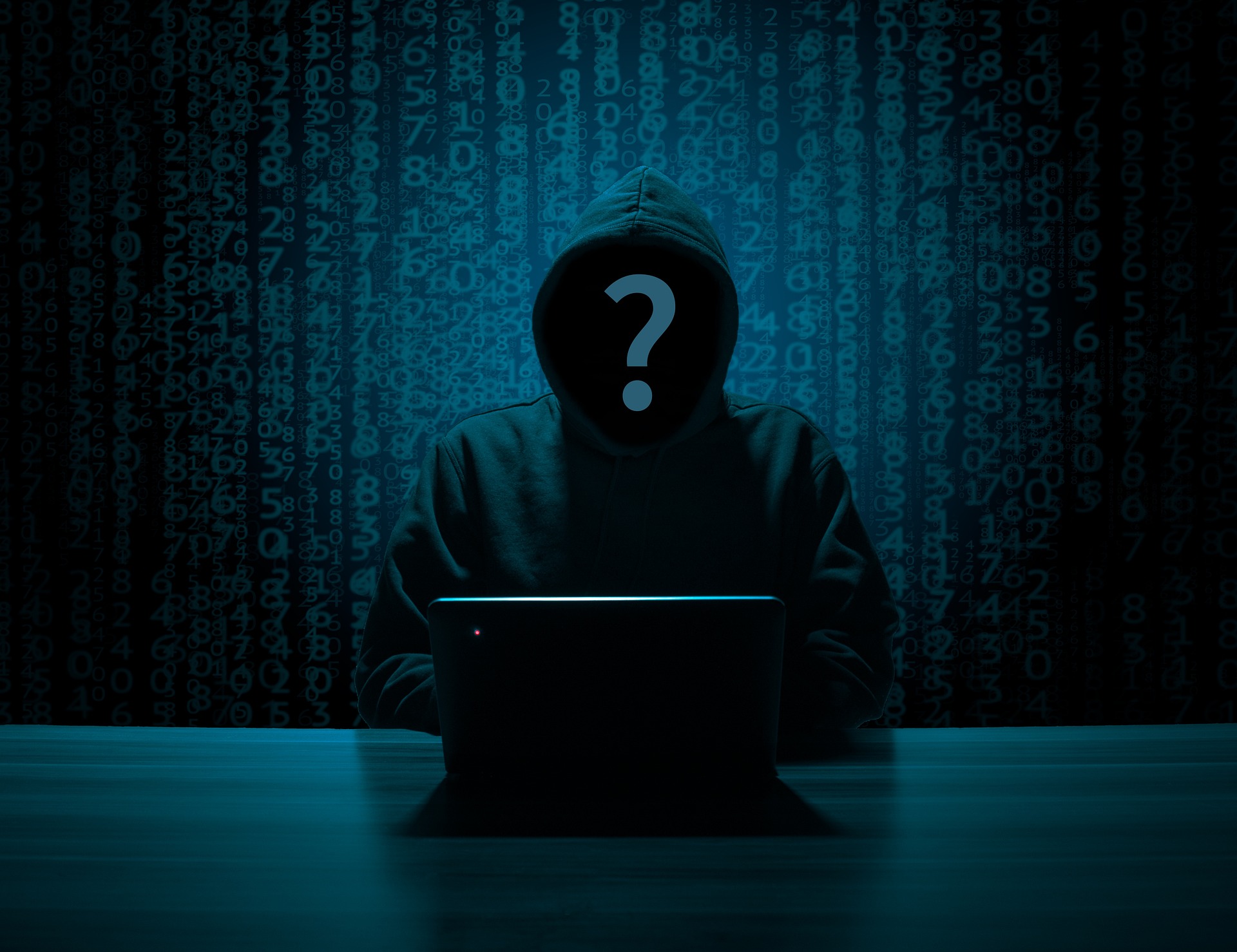
– Black Hat:
The first color of a hacker hat is black, and they are the most familiarly known to people. black hat hackers are those who are knowledgeable in the cybersecurity industry and use it to their advantage. They are cybercriminals because they access systems and data unauthorizedly with ill intentions to damage or steal either for personal satisfaction or to sell it on the dark web.
These hackers are always looking for vulnerabilities unidentified by the organization so they could take advantage of them. And around 300,000 new versions of malware are being created daily for these purposes. The financial toll these attacks have caused cost the world $600 billion in 2018 and is predicted to rise in numbers this year. More and more cybercrime groups are emerging and following the steps of notorious groups such as Lapsus$, Anonymous, and REvil. These groups have successfully breached and stolen data from many known companies that claim to have a secure cyber system, but 73% of black hat hackers claim that “traditional firewall and antivirus security is irreverent or obsolete” and 80% said that humans are their gateway to systems due to their repetitive mistakes.
– White Hat:
Next, are white hat hackers who contrast black hats. Just like in American western movies, black hats represent the villains and white hats represent the heroes. White hat hackers use their knowledge in cybersecurity for different purposes. They are professionals who are paid to breach and hack a company’s system to assess their organization’s level of cybersecurity and, as a result, discover and correct weak points to avoid attacks from external threats.
They are ethical hackers who oversee protecting the company’s systems from Black hat hackers. In 2018 white hats made up to $19 million in commission for helping organizations discover vulnerabilities in their systems (The 2019 Hacker report by Hackerone). And with an alarming number of 62%, many businesses are ill-equipped to protect themselves from any cyber threats (IBM Cost of a Data Breach Report 2021). This will only damage the company and cost them up to millions of dollars to revive their systems.
– Grey Hat:
The next color falls between black and white. Grey hat hackers don’t fall in a specified category in terms if they are villains or heroes, they share the same technical skills, but their intentions vary. These types of hackers don’t have ill intentions such as black hats, they do exploit vulnerabilities but not with the end goal of destructing the system, but due to their fascination with the hacking world and the desire to improve their skills. Nonetheless, they are significantly different than white hats due to them illegally finding loopholes and weak points in systems for their own satisfaction. Globally, around 4.6% of cyber security professionals have taken on the role of a grey hat hacker while on the job, and 41% know one. These numbers prove the existence of such hackers and how all hacker’s intentions differ from each other.
– Blue Hat:
The fourth hat color is Blue. These types of hackers separate in to two, first are those who use their limited hacking skills for revenge. Their objective is to shut down a specific target for vengeance and then stop after achieving it. Unlike black hatters, they don’t continuously launch attacks since they are not doing so for financial gain, only to gain favorability.
Second, are those who are scouted by companies to be penetration testers on new unreleased systems to look for any vulnerabilities missed. They launch attacks without causing any harm to the systems. Microsoft holds BlueHat conferences where they invite hackers to discuss with Microsoft engineers their current cyber threats and to test out Windows programs.
– Red Hat:
The following color is a red hat hacker, also known as the vigilantes of the cyber world. They strive with the mission to keep black hat hackers under control by launching targeted attacks on them and destroying their systems and resources. Their approach is aggressive and merciless, and they don’t seek help from officials or report the cybercriminals they find. They believe in their capabilities to reach their objective of stopping them black hat hackers from attacking again.
– Green Hat:
Lastly, are green hat hackers. They are wannabe black hats. While they do lack the set of skills and experiences as black hat hackers, they still are a threat as they are learning to strive in this industry. They are typically known as those who want to be acknowledged for their skills which is why they attack businesses with limited security. These green hat hackers are black hats in the making.
In conclusion
For many people, a hacker is a person who intrudes systems unauthorizedly and steals confidential information or destroys them. But now this has changed. There are different hat colors for the different intentions of hackers. At first, it was black and white but now the colors have diversified. And understanding the several types of hackers, as well as hacker hat colors, is essential for cybersecurity professionals and security departments as hacking and hackers are undoubtedly the most significant threat for any company.
Also Read: Recent Phishing Attacks in Saudi Arabia|2020
Be up to date with the cybersecurity industry!
Share this article:
Popular

Keeping Our Kids Safe Online
A Guide For Keeping Your Kids Safe Online Parents and all who are concerned about the well-being of our young kids in this digital world. Today we will discuss a topic of utmost importance: digital safety for kids. Yes, the Internet can be a very dangerous place for our young kids , especially with the spread of phishing scams. So, let us dive deeper and present to you, in this comprehensive article, a comprehensive guide on digital safety for kids. What every parent needs to pay attention to. Internet risks for kids: The internet has become a big part of ...
17th Jul 2024
Could you be hacked through Slack?
Could you be hacked through Slack? The usage of collaboration platforms such as Microsoft Teams and Slack has significantly increased, with nearly 80% of employees utilizing them. These platforms are designed to be convenient and easily manageable for daily conversations within organizations. However, what makes them easy and convenient also renders them vulnerable to cyber threats and attacks. In 2021, for instance, 780 gigabytes of data from the gaming giant Electronic Arts (EA) were breached through Slack! During the same year, a security vulnerability in Microsoft Teams was exploited to launch a widespread cyber attack on ...
12th Jun 2024
Tips To Be Cyber Protected While Traveling
Goodbye worry! A safe journey in the digital world With all the modern wonders of the digital world, we trust communication technologies on our journeys. There is no doubt that the travel experience is always more beautiful and enjoyable, but it can also pose a range of risks, especially when it comes to cybersecurity. Travelers may fall victim to phishing, Wi-Fi network spying, and theft of their personal data, which can make their journey filled with worries and tension. With the increasing prevalence of cyber threats, it is essential for travelers to follow some guidelines to protect their devices and ...
1st Apr 2024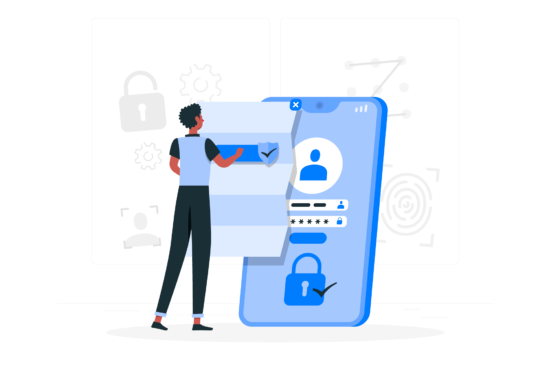
Push Authentication: A New Era in Multi-Factor Authentication
Want To Say Goodbye To Passwords and OTP Codes? Discover Push Authentication! It is easy for your password to be compromised through phishing attacks, even if it meets the cybersecurity strong password standards and is difficult to predict So we must get to know the technique of Push based Authentication. Some may recommend that you use Multi-Factor Authentication (MFA) to increase your security. Multi-Factor Authentication (MFA): MFA is the process of logging into your account through multiple steps. It requires you to enter more information, not just your password. But there is another obstacle that arises when using such ...
14th Feb 2024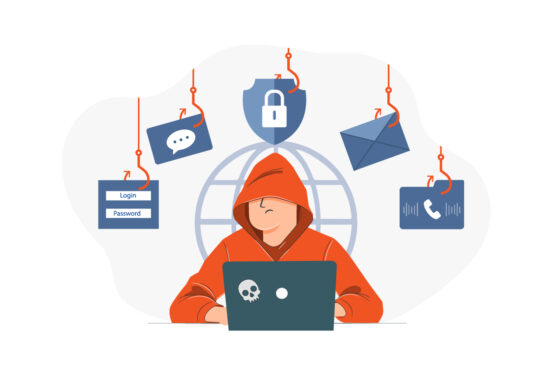
The Difference Between Phishing Attacks
The Difference Between Phishing Attacks Phishing attacks are harmful attacks used by criminals to steal personal and financial information from individuals and businesses. Attacks on individuals and businesses are becoming more common as we use the internet and technology more often in our daily lives. Phishing attacks involve the use of dishonesty and fraudulent methods to fool consumers into believing they are interacting with the trustworthiness of an unsuspecting destination, such as banks, email companies, or social media platforms. But what is the difference between phishing attacks? How can individuals and organizations protect themselves from such attacks? That is what ...
17th Jul 2023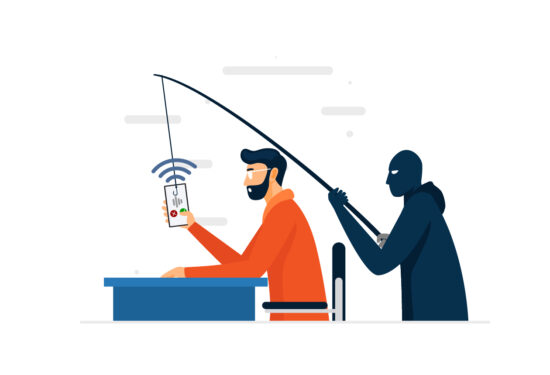
Understanding of the Vishing Meaning
Understanding of the Vishing Meaning Vishing, a combination of “voice” and “phishing,” is a sophisticated form of cybercrime that exploits voice communication to trick individuals and extract sensitive information. In this comprehensive guide, we will explore the meaning of it, the dangers associated with it, and effective methods to protect yourself against these malicious attacks. What is Vishing meaning? Vishing refers to the fraudulent practice of using telephone services to trick individuals into revealing personal and financial information. Scammers often pose as trusted organizations or individuals to gain their victims’ trust. By using social engineering tactics and manipulating ...
5th Jul 2023
How could Artificial Intelligence tools threaten cybersecurity
How could Artificial Intelligence tools threaten cybersecurity? As Artificial Intelligence Tools become more sophisticated, they can be used to launch cyber attacks that are more complex and difficult to detect. In this article, we will explore how AI tools could threaten cybersecurity and what measures can be taken to mitigate these threats. Artificial Intelligence (AI) became popular today, and it is one of the most important terminologies in our current era, though it has been around since the 1950s. AI relies on the development of systems and technologies that help to do tasks by the simulation of human intelligence ...
11th May 2023
Cerebra is participating at GISEC 2023
We are thrilled to announce that we are going to GISEC 2023 and would like you to join us! Visit Cerebra at GISEC 2023 Hall #4 stand SP62 in Dubai World Trade Center from 14-16 March. GISEC Global is the leading gathering ground for the cybersecurity community worldwide. Top cybersecurity enterprises from 40 countries, CISOs from major corporations across the Middle East, Africa & Asia, government dignitaries and cyber leaders, regional and international innovators, and global experts collaborated to lead cybersecurity transformations across sectors and nations decisively. Get a chance to preview our latest Cybersecurity products: PhishGuard is the Phishing stimulations solution that raises the employees cybersecurity awareness ...
13th Mar 2023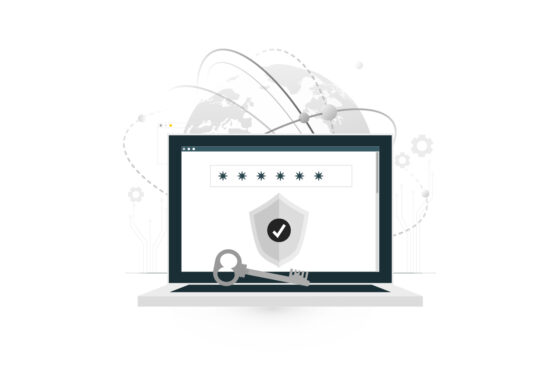
6 Tips to create a strong password easily!
Create a strong password easily! Today it’s very important to everyone who have an account either on social media or any other websites or services to Create a strong password, because you have to treat your password as your best stuff’s and protect it from others. Learn now the easiest and best tips you have to follow to make a strong password.. What is Password? A password is a string of characters that provides access to a digital system or service. It is a crucial security measure that helps to protect sensitive information from unauthorized access. Passwords can be as simple as a word ...
1st Feb 2023



